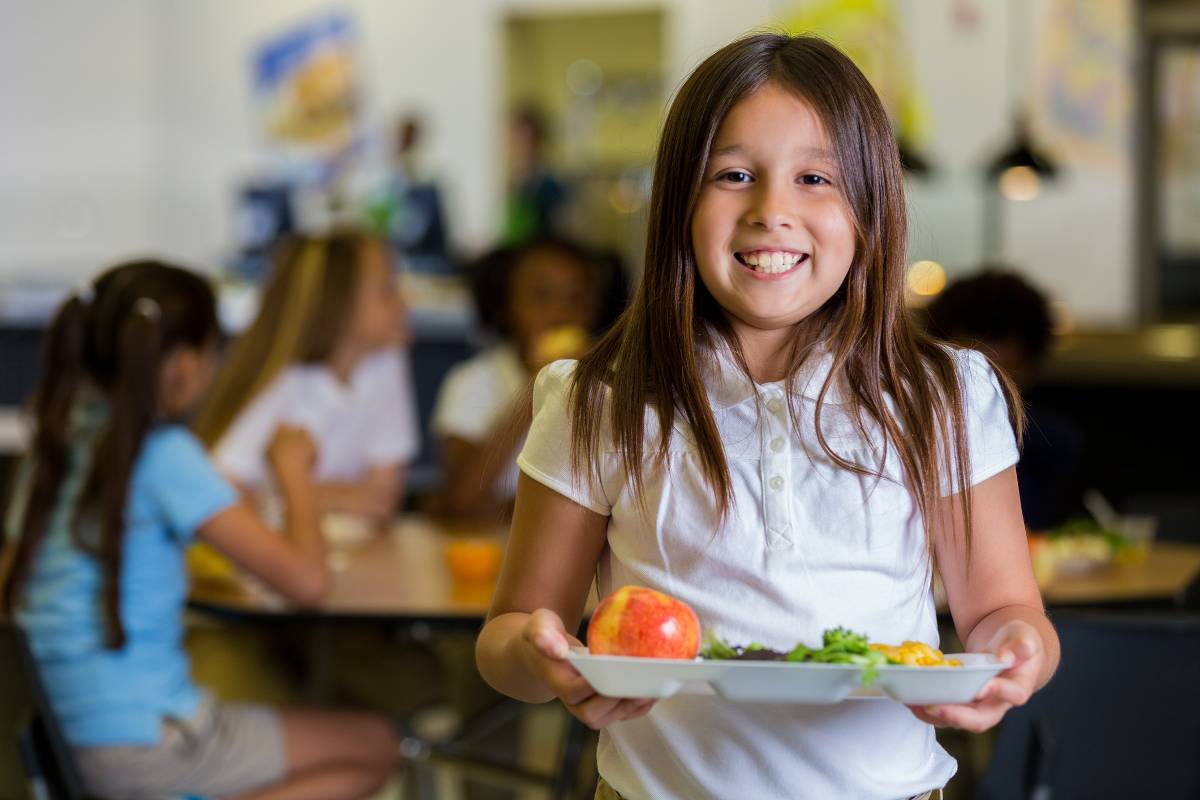The new program provides funding for breakfast and lunch daily for every student, regardless of their income status
With students heading back to the classroom all over the country, California kids will return with a big change: free meals for all. That’s because the Golden State has become the first to provide statewide school meals to everyone and will essentially end lunch shaming.
The California Universal Meals Program was signed into law by Governor Gavin Newsom in the summer of 2021 and is part of AB 130. It “requires public school districts, county offices of education, and charter schools serving students in grades TK–12 to provide two meals free of charge (breakfast and lunch) during each school day to students requesting a meal, regardless of their free or reduced-price meal eligibility.”

The program will cover California students in state public school districts, charter schools and other public classrooms. In order to prepare for the Universal Meals program, $150 million became available during the 2021–22 school year so that schools could upgrade their kitchen infrastructure and provide nutrition related staff training, according to the assembly bill details.
Other individual cities across the country provide free meals to students, but California is the first to institute a program statewide. Aside from providing nutritious meals to children in need, the program comes as food prices continue to soar and provides a welcome relief to parents.
Federal waivers over the past two years made school meals free throughout the country during the pandemic, and now in California this practice doesn’t need to end. “That was maybe a silver lining of COVID,” Assistant Director of Nutrition Services for Sacramento City USD, says Kelsey Nederveld. “We were able to feed children at no cost, and now because of the universal free meals and in California it’s just kind of a smooth transition into the start of the school year for this.”
Maine has since passed their own universal meal plan, and Vermont, Massachusetts, New York and Minnesota are looking to do the same.
In the U.S., it’s estimated that 22 million students rely on lunch programs annually and now they don’t have to qualify under the federal poverty measures (which change every year) to get healthy options throughout the day while at school.











